Introduction to the Science
It was nice to get a full night's sleep after traveling all day, although it was a strange thing to wake up at 3 am and find full daylight!
We spent the day here in at UNIS (University Centre in Svalbard) hearing from Ross and Julie about the science we'll be immersed in for the next 5 weeks. Julie filled us in on an introduction to issues of the Arctic – namely climate change and glacier dynamics. Ross followed up with an introduction to the processes of how glaciers deposit their sediments. I will, of course, write much more about the science as we get into it in a few days. But it was nice to get an introduction to what glaciers are, how they form, move and deposit stuff into the ocean. Also to think about the larger issue of climate change, which is really what drives the need for this research.
Tomorrow we'll have our safety orientation, which I'm sure will be an exciting day – rifle training and then survival suit practice...
Longyearbyen

As someone who grew up in the suburbs of Boston and now lives in the city, I'm used to the comforts of city life. So I was intrigued by the fact that there is a thriving town so far North and so isolated from the rest of the country. Longyearbyen has around 2000 people who live here year round. There is a University here, and between research and tourism the town is apparently doing very well.
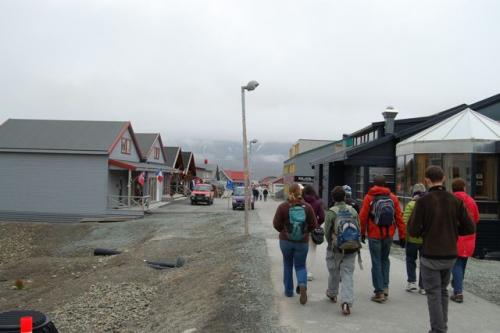
It's situated in a breathtaking setting – nestled in a glacially-carved valley. At the top of the valley you can glimpse the glacier (Ross mentioned that perhaps on our return in August we might get a chance to hike up to the glacier).
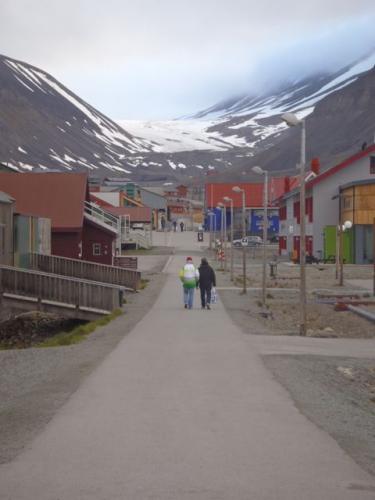
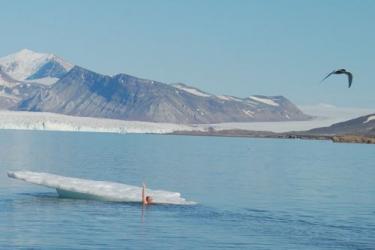
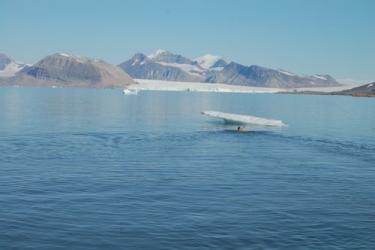
Apparently there has been some sort of human activity here for several hundred years. But around 1900 the area became a center for coal mining. Sovereignty between Norway and several other countries because of the desire for coal. In fact, the name Longyearbyen comes from an American, John Munroe Longyear (from Boston) who helped to finance some of the first coal mining operations in the area.
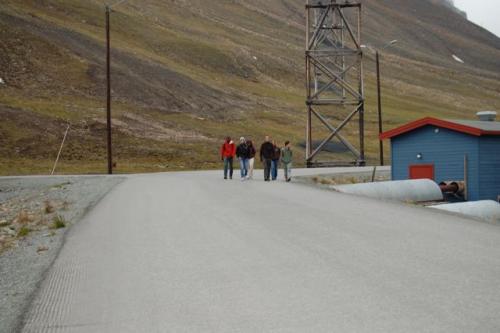
Coal mining stopped about 50 years ago, and then the town became mostly a center for research. You can still see relics of the coal-mining days – wooden structures to carry coal down to the harbor, for example. There is still a small amount of coal mined, as I understand primarily used to power the electrical power plant in town.

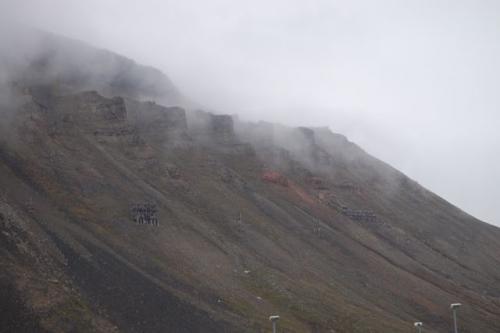
In recent years Longyearbyen has become quite a tourist town. As Ross says, it's kind of like the "Alaska of Europe". So I've observed a funny mix of scientists and tourists walking around town. There are even a few luxury hotels and some great restaurants, in addition to several tourist shops. Last night we ate at a really nice restaurant where I tried a new dish... smoked minke whale. I know, it sounds terrible and I don't think I would order it again, but it was certainly an interesting dish.
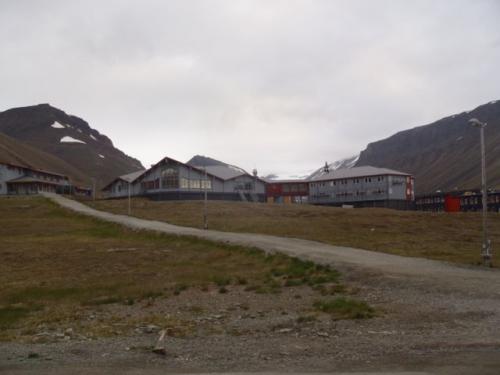
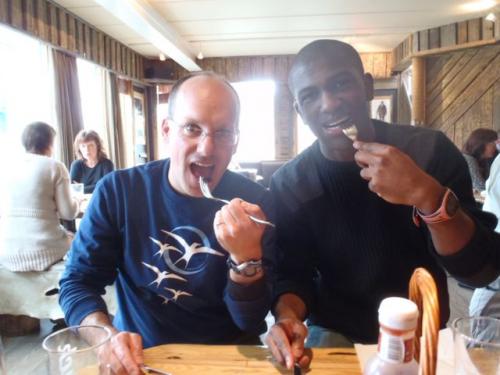
On our way from the airport I had a nice little chat with our taxi driver who is from Iran – he says he came here from southern Norway many years ago for a summer job... and he's still waiting for summer! But he says he really likes living here with his family.
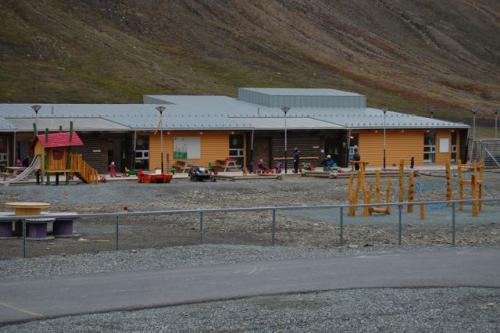
This morning I was talking to a visiting scientist from Iceland who had spent several years here with his family a while back. I was interested to hear that he loved living here, and that he thought it was a great place for young kids. However, he did say that they moved back to the mainland once his kids got to be around 15 since it's a pretty isolated place for teenagers. I suppose in that respect it's a lot like any small town anywhere – but what I am impressed by is people's ability to live permanently in a place with such extremes – 24 hour daylight in summer, 24 darkness in winter, extreme cold, etc.
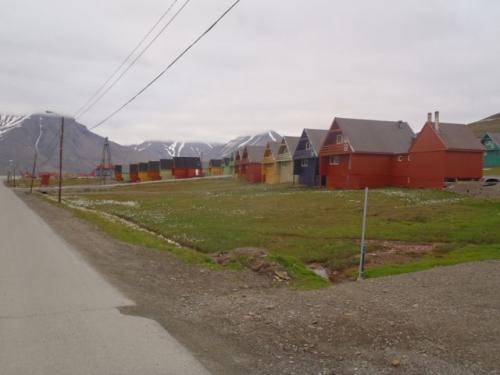
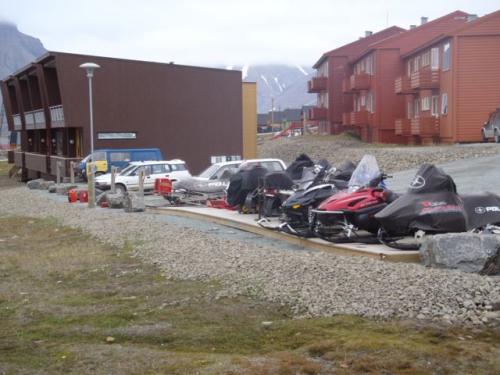
Today's Challenge Question:
In the following photo you can see the stunning view looking up the fjord. If you look really closely you can see a cruise ship. I took this photo at around 10:00 tonight.
So the question is...Which direction am I looking...?
Hint: note that the Sun is trying to poke through the clouds behind the smokestack.
Post your anser in the "Ask The Team" section of this website. I'll let you know the answer for today's and yesterday's questions tomorrow.



Comments